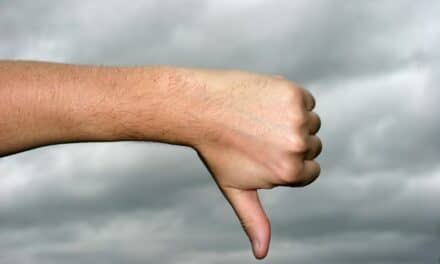Total mole count by 13-14 years old may be the single best predictor of who, by 16-17 years old, will develop more moles and larger moles, according to a study in JAMA Dermatology.
“Before, we never quite had an exact handle on when you make most of your moles,” says co-author Allan Halpern, M.D., chief of dermatology at Memorial Sloan Kettering Cancer Center in New York. Mole count and the size of moles are risk factors for melanoma.
The study is culled from the NIH-funded Study of Nevi in Children, conducted from 2009 – 2014, whereby the development and evolution of moles were monitored in children as young as fifth grade and who were then followed until eleventh grade.
“The reason that this is important is twofold,” Dr. Halpern tells Dermatology Times. “One, it is during this period of life that we tend to develop our sun exposure habits. It is also the period in life where we tend to make most of our moles.”
Although melanoma in late adolescence is very rare, changing moles in this age group is exceedingly common. “In adults, we think of a changing mole as the most sensitive indicator to detect melanoma,” says Dr. Halpern. “But if you start applying that logic in adolescents and teens, you end up doing an enormous number of unnecessary biopsies.”
In fact, it is estimated that for every 500 to nearly 1,000 biopsies conducted in this younger age group, there is only 1 melanoma detected. The two major goals of the study: (1) Determine who is most likely to develop the most moles (and therefore intervene at an even younger age in a more focused manner based on who needs sun protection) and (2) the elucidation of normal changes that occur in moles in this age group (therefore reducing the number of unnecessary biopsies).
The 417 students from the school system in Framingham, Mass., assessed at follow-up in the eleventh grade had a mean age of 17.0, of whom 26.6% had a mole-prone phenotype. Within that group, 62.2% had one nevus greater than 5 mm diameter, 20.7% had a total nevus count in the top decile and 17.1% shared both characteristics.
Dr. Halpern says that changes in sun behavior typically start around eighth grade, by which time some children and teenagers are intentionally tanning.
The study concluded that adolescents who received the most sunburns during the follow-up period correlated with those who ended up with the most moles.
Click here to view original web page at dermatologytimes.modernmedicine.com



